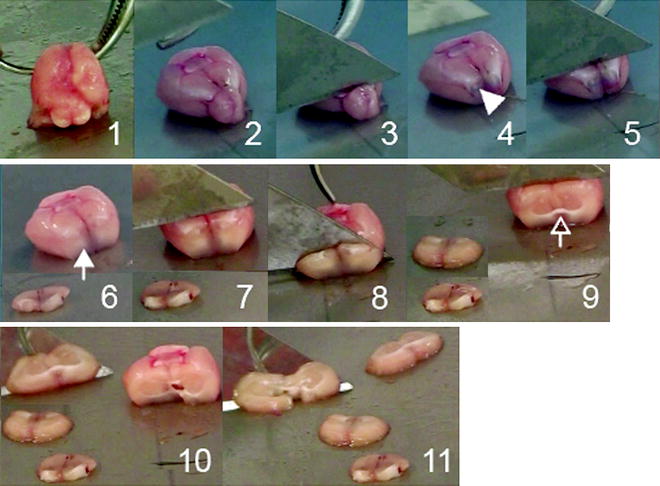

LTD occurs in stimulated (homosynaptic LTD) and unstimulated (heterosynaptic LTD) synapses, whereas LTP occurs only homosynaptically. A significant LTP occurs only at synapses with a low initial strength, whereas the extent of LTD does not show obvious dependence on the initial synaptic strength. Repetitive postsynaptic spiking within a time window of 20 ms after presynaptic activation results in LTP, whereas postsynaptic spiking within a window of 20 ms before a repetitive presynaptic activation leads to LTD. LTD has also been observed in the sensorimotor and prefrontal cortex.Īn associative stimulation of presynaptic fibers with postsynaptic membrane depolarization (5 Hz for 16 s) also induces LTD or LTP, depending on the time from pre- to postsynaptic activities. LFS-induced LTD also occurs in layer III neurons of the visual cortex following the stimulation of the white matter or layer IV. In pyramidal cells of the hippocampal CA1 region, a low-frequency stimulation (LFS) of a bundle of presynaptic fibers (1 Hz for 5–15 min) typically induces LTD, whereas a high-frequency stimulation (five stimuli at 100 Hz repeated at 200 ms intervals for 2 s) induces LTP. Ito, in Encyclopedia of Neuroscience, 2009 In Hippocampus and Neocortex Fiala et al., 2003) when counting the prevalence of perforated PSDs in this particular part of the hippocampus. Thus, it is of extreme importance to document the exact sampling location (e.g. However, the number of perforated PSDs in the proximal region is only ∼50% of that in the distal regions of the stratum radiatum ( Nicholson et al., 2006). Thus, perforated PSDs in mushroom spines are often singled out for measurement due to their functional implications. The size of perforated PSDs also changes with age-related spatial learning impairments ( Nicholson et al., 2004). In the stratum radiatum, mushroom spines ( Matsuzaki et al., 2001) with perforated PSDs contain more AMPA receptors than macula PSDs ( Desmond and Weinberg, 1998 Ganeshina et al., 2004), and have long been associated with synaptic plasticity, such as LTP (reviewed in Bosch and Hayashi, 2011 Harris and Weinberg, 2012). The name radiatum stems from the appearance of the radiating apical dendrites of the CA1 neurons ( Figure 16(A)), and in adult mice, this region is ∼200–250 μm deep.

The stratum radiatum of the hippocampal CA1 region contains the synapses that are potentiated in the well-studied LTP model induced by particular stimulation patterns of the CA3 neurons.


 0 kommentar(er)
0 kommentar(er)
